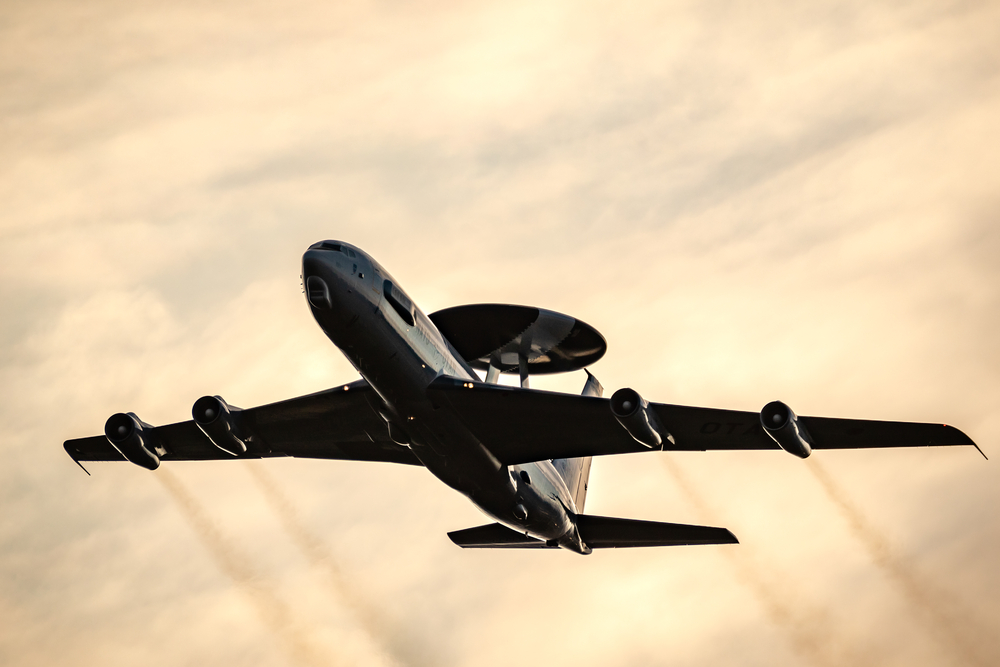
Earlier last week, top US senators told Air Force officials their plan to modernize important aspects of their fleet could actually serve as an obstacle to fulfill crucial missions; and this could affect operations for the next several years.
In a recent hearing, several members of the Senate Armed Services air-land subcommittee expressed their concerns. Specifically, they noted the plan to retire half of the Air Force’s E-3 Sentry fleet and also lower their acquisition of both the HH-60W Jolly Green II combat rescue helicopter and the EC-37B Compass Call electronic warfare plane is worrisome.
Indeed, the Air Force had proposed, in March, to retire at least 15 of their E-3s to address fiscal 2023 budgetary complications. This would be roughly half of their Airborne Warning and Control System aircraft, also known as AWACS. In addition to this, just last month the Air Force also announced a plan to initialize the replacement of some of their E-3 fleet with new Boeing E-7 Wedgetail aircraft, which are common to the Royal Australian Air Force.
While replacing older machines is certainly necessary from time to time, the military wouldn’t start to see the first of these Wedgetails delivered until 2027, at the earliest. Subcommittee chairwoman Sen. Tammy Duckworth, D-IL, comments that this means it will be several years before enough Wedgetails could be available to support standard combat operations.
Lt. Gen. David Nahom expresses similar concern. The Air Force deputy chief of staff intimates that the critical state of the current fleet of AWACS has already put a strain on their need and has affected their ability to manage current battlefield operations.
As a matter of fact, the Air Force is already struggling to properly maintain even half of its outdated AWACS. Indeed, some of these were made and delivered back in the 1970s. Nahom also points to certain “capability issues” but could not provide any more details since they are classified information.
